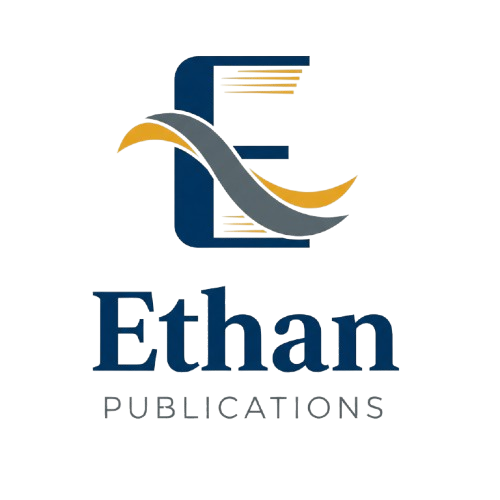A COMPREHENSIVE EXAMINATION OF THE REPRESENTATIVE SCENARIO METHOD
Authors: Elena Alvarez, Carlos Mendes
Published: June 2024
Abstract
<p>The U.S. insurance industry is undergoing a significant transformation, marked by a shift from formulabased reserving to principle-based reserving (PBR). American Academy of Actuaries working groups are actively developing and adapting these methodologies in response to factors such as the growing complexity of insurance products and the increasing presence of market risks, including equity risks, alongside interest rate risks. Traditional formula-based reserve methods have relied on discounted cash flow models with conservative assumptions to accommodate adverse deviations. In contrast, PBR approaches often revolve around the economic value of products and employ financial engineering principles to model insurance policies. As insurance products become increasingly intricate, traditional "closed form formula" valuations no longer suffice for the derivatives embedded within them. The preferred valuation method in such cases is the "Monte Carlo" method. The Monte Carlo method demands substantial computational power, given factors like the scale of inforce policies, product complexity, and the multitude of parameters involved. Actuaries are continuously striving to enhance the computational efficiency of these methods. In this paper, we delve into one of these efforts—scenario selection—discussing its significance in addressing the computational challenges associated with PBR in the evolving landscape of the insurance industry</p>
Full Text
No full text available
Cite this Article
References
- No references available.
